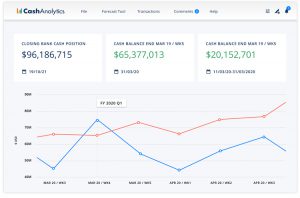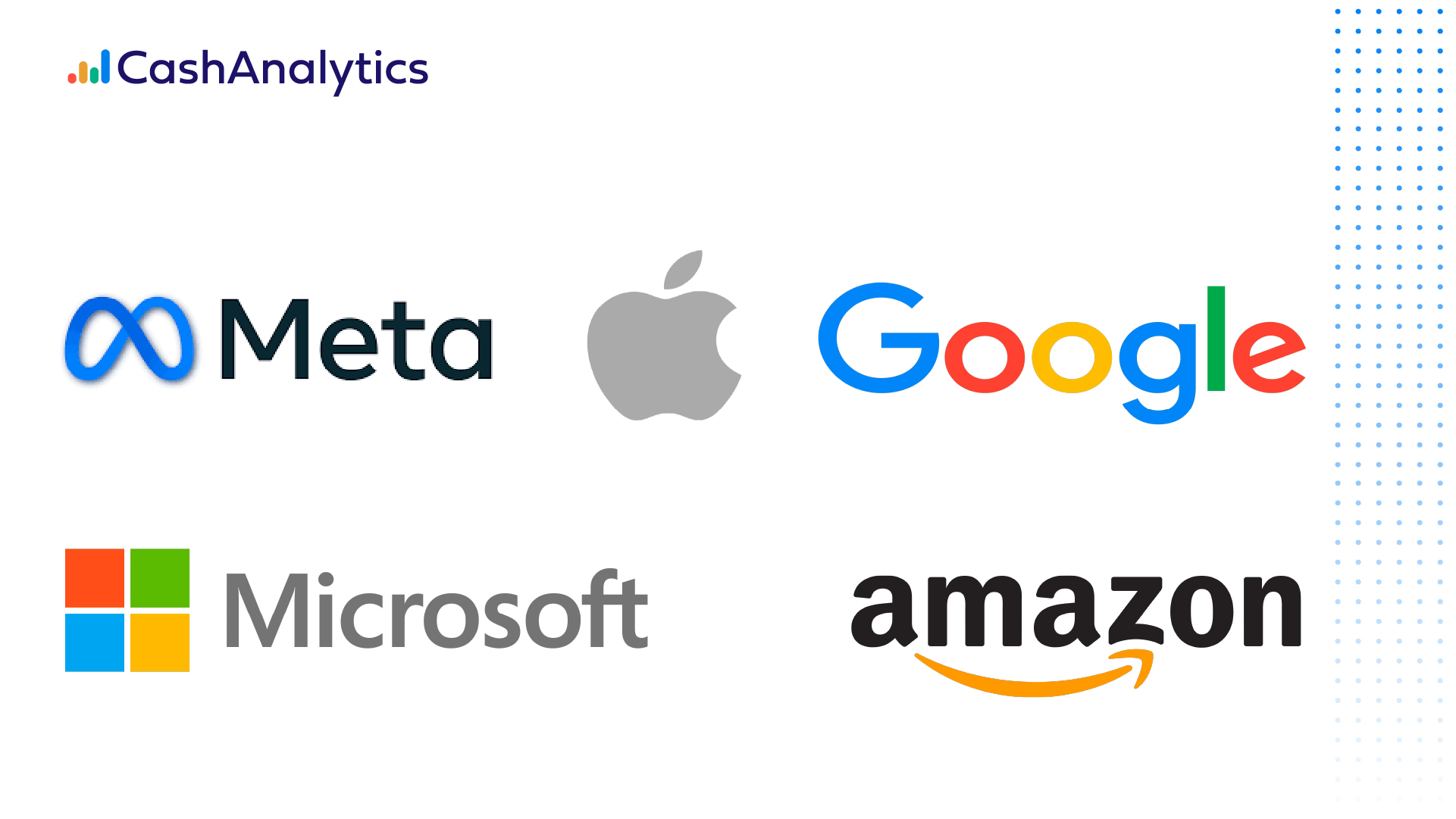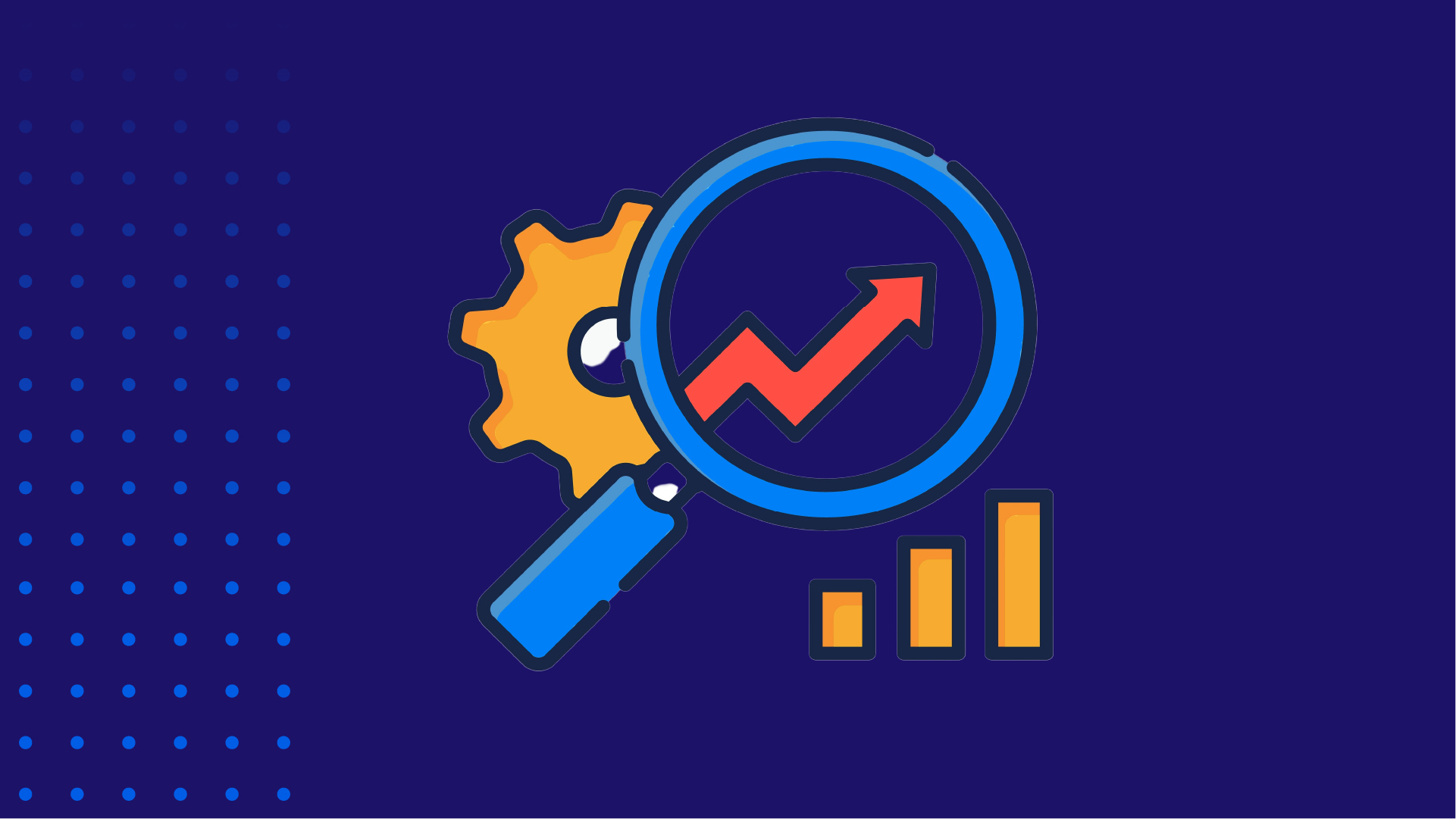
Nothing drags business growth more than the inability to clearly see and predict cash flows.
As your company grows, it faces a number of changes — whether that’s more bank transactions, more subsidiaries, new leadership, or even an acquisition. These changes make manual cash forecasting more complicated and prone to errors.
While a manual process may have worked in the past, the solution to unreliable liquidity planning in fast-growing multinationals is a cash flow automation tool.
Here’s a guide to knowing precisely when your company should move off Excel to a more advanced solution.
1. Your Company Is Experiencing Massive Growth
Like with many growing businesses, you’ll have to manage a significant amount of financial data across multiple entities. A manual system leaves you open to human errors, leading to an inaccurate forecast. A user-friendly cash flow automation tool will instantly categorise input cash flows and give an accurate view of projected cash positions and liquidity.
With manual forecasting, you collect cash flow data in spreadsheets from various entities and try to merge and analyse them within a central spreadsheet. The process is tedious and often riddled with errors, making treasurers wary of using the manual system.
Consider SSP Group. Founded in 1961, the company experienced extensive growth that allowed it to go public in 2014. SSP oversees a wide range of operations across 35 countries and, being publicly held, called for accountability to stakeholders. This need for accountability led to an ongoing focus on cash management and put pressure on the group’s spreadsheet-driven approaches.
SSP Group adopted CashAnalytics to automate its cash flow forecasting and significantly improved user engagement with the forecasting process across its various business units. Our tool instantly collected, consolidated, and analysed cash forecast data across the firm’s multiple subsidiaries. We enabled this process through an intuitive suite of data centralisation, visualisation, and analytics features.
2. Your Organisation Lacks Clear Cash Flow Visibility
A manual cash forecasting process lacks the granularity global firms need to identify the causes of inaccuracy and update the process accordingly. An automated forecasting solution provides 100% visibility on incoming and outgoing cash within your organisation, enabling quick accuracy and variance analysis.
Once you link all your companywide bank accounts, a cash flow automation tool will show your consolidated and subsidiary-based bank cash positions in real time. This view allows users to easily drill down to line-item details and examine any identified issues for resolution.
In 2018, when Stella McCartney needed to replace its Excel-based forecasting process for clearer cash flow visibility and accuracy, the company adopted CashAnalytics. With our intercompany feature, Stella McCartney was able to track cash flows between entities. The company was also able to link its bank accounts to CashAnalytics, enabling automatic transaction classification and stress-free reporting by month end.
According to Ellis Roach, treasury analyst at Stella McCartney, “With CashAnalytics you can just log in and see straight away the status of each country without needing to look at spreadsheets.” He felt more confident in his firm’s forecasts and further commends our tool’s ability to enable better communication. In his words, “I am 100% confident that the actual cash flows are what happened in the bank … a transaction input by one business is seen by the other side and they can just have a discussion about it.”
3. Your Business Is Facing Rising Interest Costs
To quickly pay back company debts and prevent more interest liability, implement an automated cash forecasting solution.
Unlike with a spreadsheet-driven solution, you will get daily cash visibility through automatically updated dashboards and reports. This connectivity leads to fewer mistakes in your forecast, gives you a granular view of available cash, and helps your team track and mobilise unused cash.
Overall, you’ll get the reliable liquidity visibility you need to create a working budget for high-value activities — like paying back bank facilities to prevent an increased interest liability.
Take CEVA Logistics, for instance. As part of its cash flow transformation project, the firm adopted CashAnalytics. With several bank accounts spread out across the world, getting a real-time view of cash balances was almost impossible for CEVA.
Using our live feed feature, CEVA’s team got a centralised view of live cash figures for all its entities. Having access to this range of data allowed the company to carry out effortless consolidation reporting and track down $100 million of idle cash. Some of this money was used to repay debt.
4. Your Treasury Team Finds Manual Forecasts Time-consuming
Use a cash flow automation tool to quickly access cash flow data, create forecasts, and make time for liquidity ratio analysis.
If you link your bank accounts and other payment platforms once, a good cash flow automation tool will instantly retrieve and reconcile daily cash flows across your subsidiaries.
Spreadsheets, on the other hand, are unsustainable because they require you to gather data manually. You’ll have to extract and centralise figures from subsidiaries’ ERPs, then apply assumptions to those figures for future cash position projections. This process takes hours on end.
BearingPoint solved this time efficiency problem with CashAnalytics. The firm consolidated companywide financial data by connecting our tool to Treasury Intelligence Solutions (TIS), its corporate payments platform, and saved huge amounts of time spent on cash forecasting.
BearingPoint’s treasury team now focuses on conducting variance analysis of forecast vs. actuals and reporting to management.
5. Your Company Leaders Are Requesting Weekly Cash Flow Reports
Quickly get weekly reports to share with management by using an automated cash forecasting tool.
Using a manual forecasting model, your team may struggle to meet reporting deadlines. But with a cash flow automation software, you can simply adjust forecasting periods within the software to generate custom reports. With these reports, your leadership team can assess the company’s financial needs, predict future business conditions, and confidently allocate cash.
After implementing CashAnalytics, Sulzer’s head office treasury team got central views of companywide cash figures. Our tool enabled daily cash reporting through API connection with the firm’s banking partners.
Using intelligent mapping rules, our software automatically classified Sulzer’s companywide bank transactions into reporting categories. This view allowed the company’s team to identify trends in cash flow data and check for accuracy before sending weekly reports to leadership.
6. Your Organisation Just Hired a New CFO
Whether you’re the new CFO that got hired or a treasury manager supporting the new CFO, you will need a cash flow automation tool for airtight liquidity planning and financial risk management.
CFOs are generally keen on business growth. So a new CFO will likely be looking to spend a lot of money on growing the business — either organically or through acquisitions — while working to mitigate any possible blockers. Meanwhile, the treasury team is responsible for knowing how much money moves in and out of the organisation.
Compared to a slower manual forecasting process, a cash flow automation tool will help treasury quickly produce data-driven forecasts with minimal deviations from actuals — so they can properly support the new CFO’s growth goals.
7. Your Company Was Recently Acquired
Post-acquisition, your new cash forecasting model should be highly efficient and scalable to meet the requirements of a growing business. Hence, the need for automation.
Building out treasury processes from the ground up for the new company will be a drag with a manual forecasting system. An automated cash flow forecasting software is flexible enough to quickly merge data from old and new business entities while managing your new range of responsibilities.
You will be able to connect all your business entities into the software for a real-time, consolidated, and granular view of companywide cash flow. This new forecasting system also enables you to create custom reports and meet tight reporting deadlines while maintaining a keen focus on cash.
For instance, when Advent International acquired two large European companies (IPH and Brammer), Rubix was formed. This acquisition introduced an increased need for cash flow and liquidity visibility within the business. Rubix met this need by using our cash flow automation tool to consolidate cash balances across 30 banks and 350 accounts. “With any growing company such as RUBIX, it is important to identify cash levels and cash needs across the group quickly,” said Paul Brighton, head of treasury at RUBIX. CashAnalytics helped the firm do exactly that.
Get Started With a Cash Flow Automation Tool
If you think your company is ready to switch from manual to automated cash forecasting, it is important to note that cash flow automation is complicated and near impossible without a best-in-class cash flow forecasting software.
Read our Cash Flow Forecasting Setup Guide if you’re creating a new cash flow forecasting process. And if you have any questions or need advice for automating your cash flow forecasting, don’t hesitate to reach out to our team of experts.




